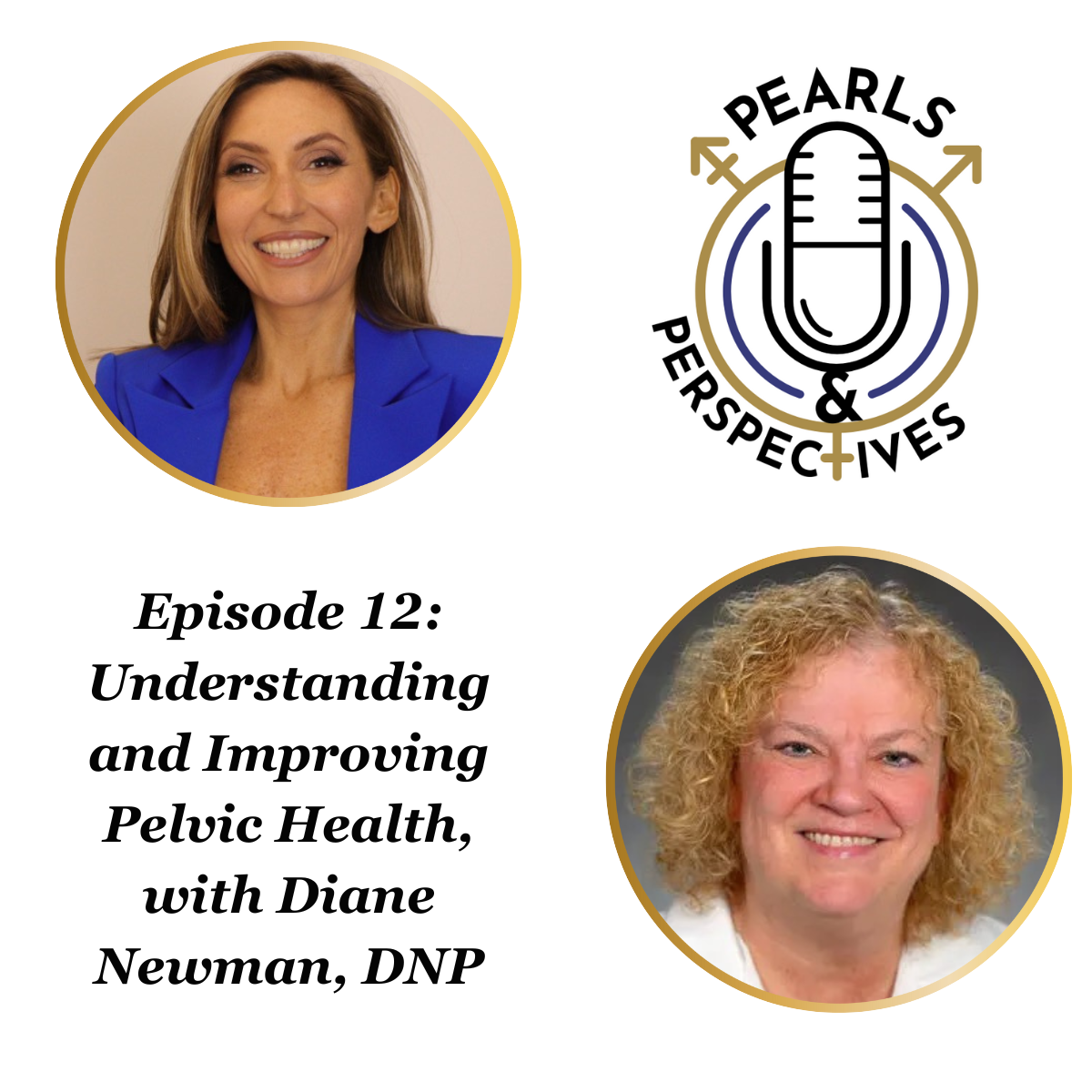Article
Nomogram predicts cancer-free survival post-RCC treatment
A new nomogram predicts the probability of a patient being cancer-free 12 years after initial surgical treatment for renal cell carcinoma, according to researchers at the University of Texas Southwestern Medical Center in Dallas. The nomogram uses tumor and patient characteristics to maximize predictive accuracy.
A new nomogram predicts the probability of a patient being cancer-free 12 years after initial surgical treatment for renal cell carcinoma, according to researchers at the University of Texas Southwestern Medical Center in Dallas. The nomogram uses tumor and patient characteristics to maximize predictive accuracy.
Researchers built the model using data from more than 2,500 renal cancer patients in databases at Memorial Sloan-Kettering Cancer Center, New York, and the Mayo Clinic, Rochester, MN.
“It is our hope that the nomogram will help physicians identify and counsel patients at high risk for cancer recurrence,” said lead author Ganesh Raj, MD. “If the cancer appears only in the kidneys, it can often be treated with a partial or radical nephrectomy. This nomogram is designed for use in the initial counseling session after diagnosis, and enables patients to have a clearer understanding of their cancer outcomes with surgery.”
The nomogram relies on patient gender, the presence or absence of symptoms, and the mass size. A woman with an incidentally discovered 3-cm renal mass has a 96% chance of being cancer-free 12 years after surgery alone, Dr. Raj explained. In comparison, a man with a 4-cm renal mass found as a result of seeing his physician after having flank pain and with imaging tests showing enlarged lymph nodes has less than a 40% chance of being cancer-free 12 years after surgery (J Urol 2008; 179:2146-51).
“This model allows us to better predict a patient’s chances of reoccurrence even before surgery,” Dr. Raj said. “The nomogram is a prognostic tool physicians can use to better counsel patients on how curable their cancer may be with just surgery, or if alternative treatments will likely be needed.”















